Photo Gallery for Thyridopteryx ephemeraeformis - Evergreen Bagworm Moth | Only immatures are shown.
|
 | Recorded by: Mark Basinger on 2024-06-18
Brunswick Co.
Comment: | 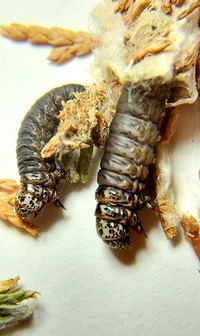 | Recorded by: Mark Basinger on 2024-06-18
Brunswick Co.
Comment: |
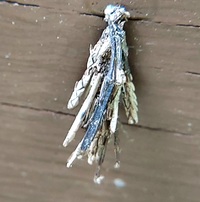 | Recorded by: Mark Basinger on 2024-05-19
Rowan Co.
Comment: | 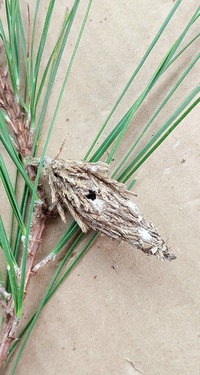 | Recorded by: Mark Basinger on 2024-04-28
Brunswick Co.
Comment: |
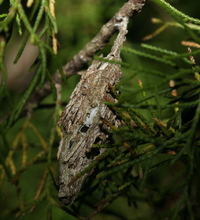 | Recorded by: David George, Jeff Niznik, Rich Teper on 2024-04-17
New Hanover Co.
Comment: | 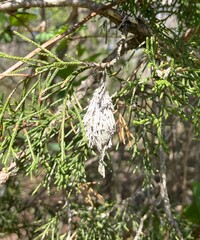 | Recorded by: Dean Furbish on 2024-03-12
Wake Co.
Comment: |
 | Recorded by: Mark Basinger on 2024-01-08
Wilson Co.
Comment: Cocoon found on Morella cerifera in loblolly pine forest. |  | Recorded by: Mark Basinger on 2023-11-24
Brunswick Co.
Comment: Numerous on cultivated juniper with blue-green foliage. |
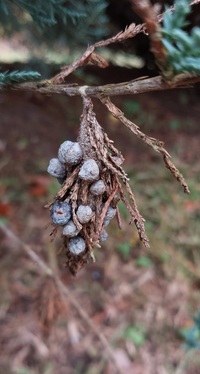 | Recorded by: Mark Basinger on 2023-11-24
Brunswick Co.
Comment: | 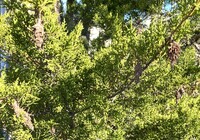 | Recorded by: Dean Furbish on 2023-10-23
Pender Co.
Comment: |
 | Recorded by: Stephen Dunn on 2023-10-17
Orange Co.
Comment: | 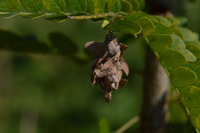 | Recorded by: Stephen Dunn on 2023-09-03
Orange Co.
Comment: |
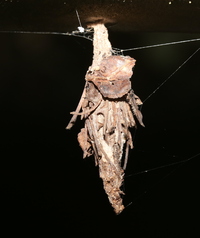 | Recorded by: David George on 2023-09-01
Chatham Co.
Comment: |  | Recorded by: Stephen Dunn on 2023-08-08
Orange Co.
Comment: |
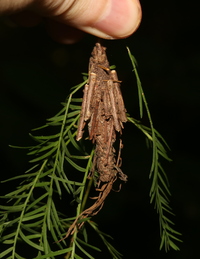 | Recorded by: David George on 2023-07-18
Durham Co.
Comment: | 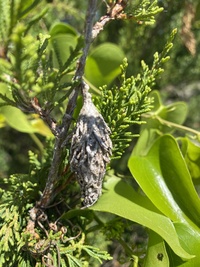 | Recorded by: David George on 2023-05-02
Carteret Co.
Comment: |
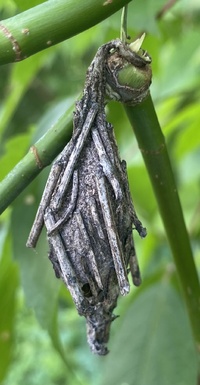 | Recorded by: David George on 2023-05-01
Lenoir Co.
Comment: | 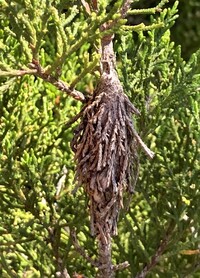 | Recorded by: Dean Furbish on 2023-05-01
Pender Co.
Comment: |
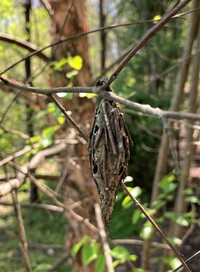 | Recorded by: Dean Furbish on 2023-03-30
Wake Co.
Comment: | 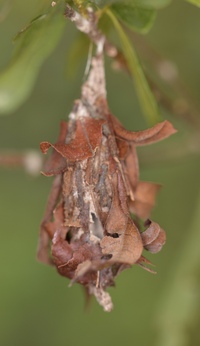 | Recorded by: Stephen Dunn on 2023-03-27
New Hanover Co.
Comment: |
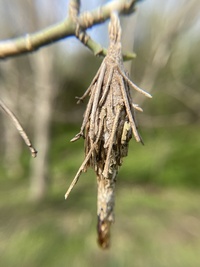 | Recorded by: David George on 2023-03-09
Orange Co.
Comment: | 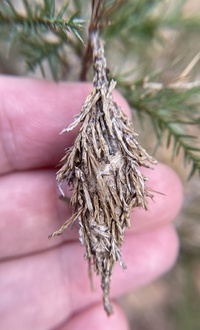 | Recorded by: David George on 2023-02-27
Durham Co.
Comment: |
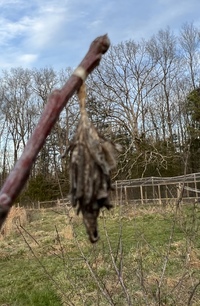 | Recorded by: Stephen Dunn on 2023-02-05
Orange Co.
Comment: | 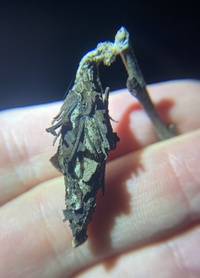 | Recorded by: David George, Stephen Dunn on 2022-12-30
Orange Co.
Comment: |
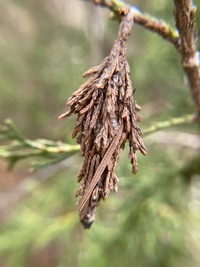 | Recorded by: David George, Becky Watkins on 2022-12-19
Durham Co.
Comment: |  | Recorded by: David George, Becky Watkins on 2022-10-09
Durham Co.
Comment: |
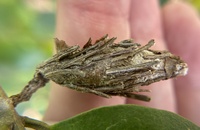 | Recorded by: David George on 2022-10-04
Durham Co.
Comment: | 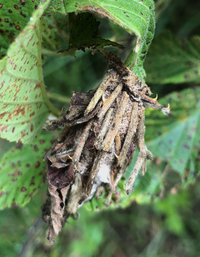 | Recorded by: John Petranka on 2022-08-22
Orange Co.
Comment: |
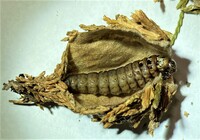 | Recorded by: Dean Furbish on 2022-07-29
Wake Co.
Comment: | 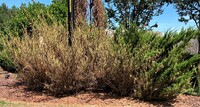 | Recorded by: Dean Furbish on 2022-07-29
Wake Co.
Comment: |
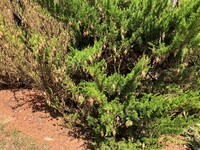 | Recorded by: Dean Furbish on 2022-07-29
Wake Co.
Comment: |  | Recorded by: jacob3421 on 2022-07-17
Henderson Co.
Comment: iNaturalist: Creative Commons BY-NC 4.0 DEED; image cropped. |
 | Recorded by: David George, Becky Watkins on 2022-05-23
New Hanover Co.
Comment: |  | Recorded by: Dean Furbish on 2022-05-06
Pender Co.
Comment: |
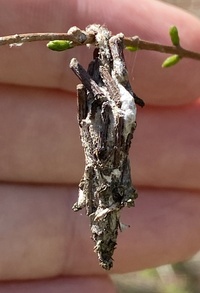 | Recorded by: David George on 2022-04-11
Durham Co.
Comment: | 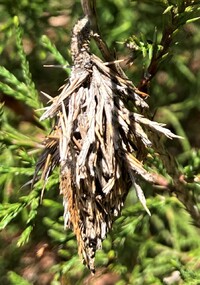 | Recorded by: Dean Furbish on 2022-04-02
Wake Co.
Comment: |
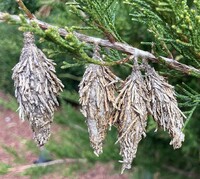 | Recorded by: Dean Furbish on 2022-03-22
Wake Co.
Comment: | 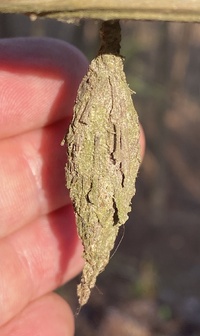 | Recorded by: David George on 2022-03-05
Wake Co.
Comment: |
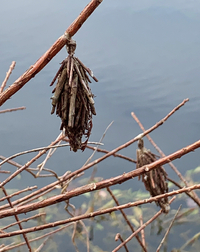 | Recorded by: Jim Petranka and Becky Elkin on 2022-02-18
Hyde Co.
Comment: | 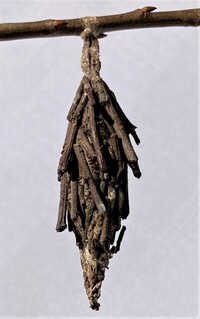 | Recorded by: Dean Furbish on 2022-01-08
Wake Co.
Comment: |
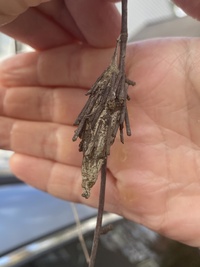 | Recorded by: David George on 2021-12-16
Durham Co.
Comment: |  | Recorded by: Jim Petranka on 2021-02-10
Madison Co.
Comment: |
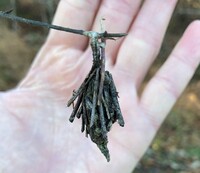 | Recorded by: Dean Furbish on 2020-12-29
Wake Co.
Comment: | 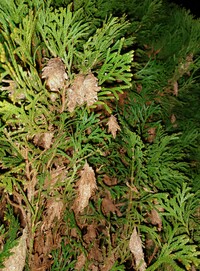 | Recorded by: Simpson Eason on 2020-12-23
Orange Co.
Comment: |
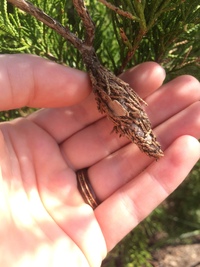 | Recorded by: Morgan Freese on 2020-11-27
New Hanover Co.
Comment: | 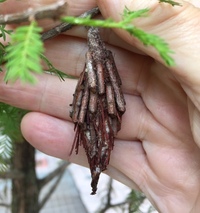 | Recorded by: Ken Kneidel on 2020-11-01
Mecklenburg Co.
Comment: |
 | Recorded by: Ken Kneidel on 2020-11-01
Mecklenburg Co.
Comment: Several bagworms were on Bald Cypress planted along roadways in Charlotte city center, this specimen was a female because the pupal skin was packed with eggs (see companion photo). |  | Recorded by: Ken Kneidel on 2020-11-01
Mecklenburg Co.
Comment: Several bagworms were on Bald Cypress planted along roadways in Charlotte city center, this specimen was a female because the pupal skin was packed with eggs . |
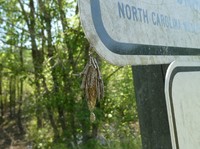 | Recorded by: Simpson Eason on 2020-05-03
Durham Co.
Comment: | 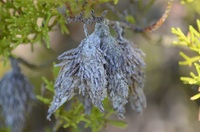 | Recorded by: Hunter Phillips, Cathy Songer on 2018-06-06
Carteret Co.
Comment: |
 | Recorded by: j.wyche on 2016-06-17
Gates Co.
Comment: |  | Recorded by: T. Nergart on 2014-10-18
Transylvania Co.
Comment: |
 | Recorded by: T. Nergart on 2014-10-18
Transylvania Co.
Comment: |  | Recorded by: L. Amos on 2014-07-24
Vance Co.
Comment: |
 | Recorded by: j. wyche on 2012-12-04
Gates Co.
Comment: |  | Recorded by: j. wyche on 2012-12-04
Gates Co.
Comment: |
|